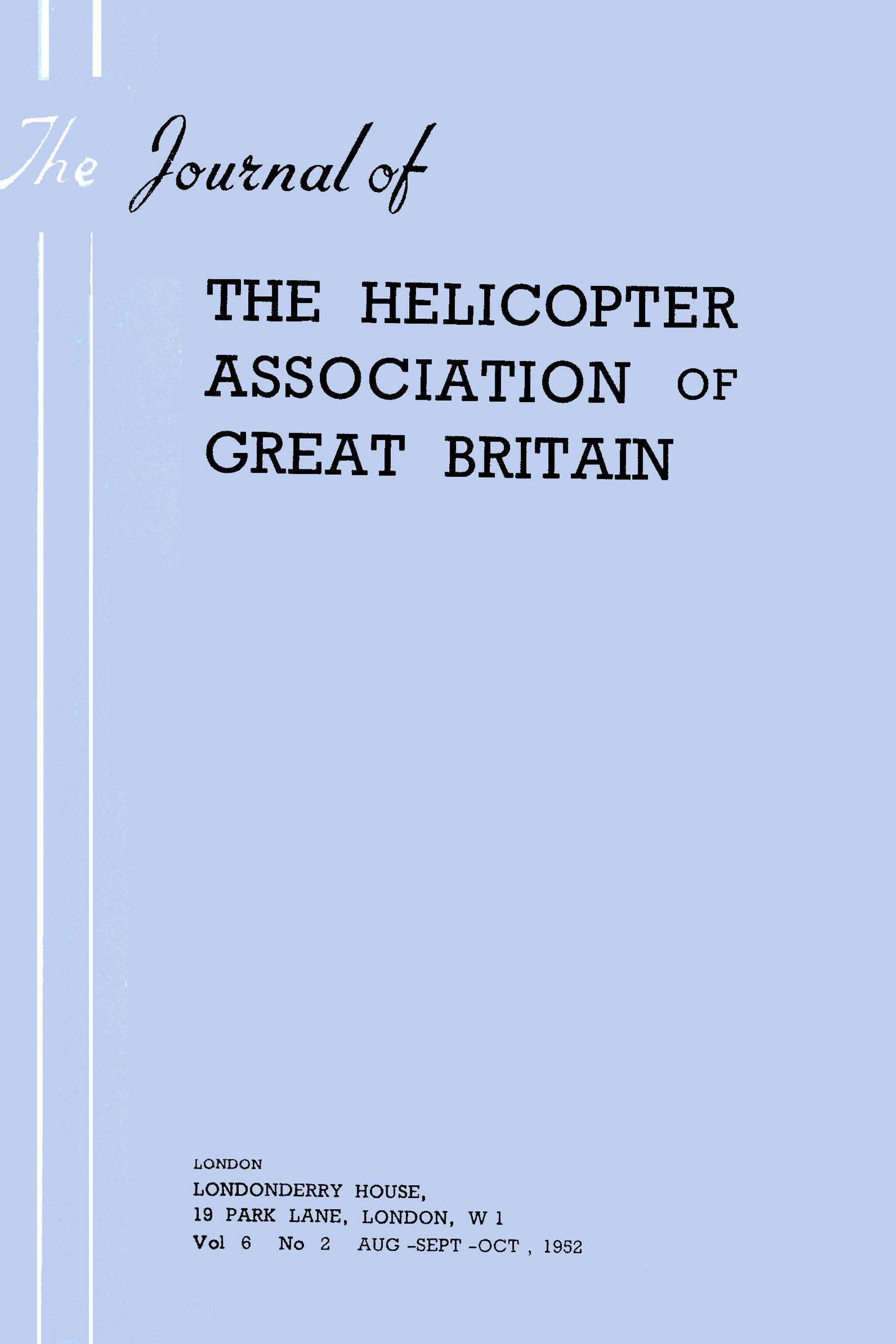No CrossRef data available.
Article contents
The Bristol 171 Helicopter
Published online by Cambridge University Press: 26 October 2023
Extract
The technical problems confronting the helicopter designer are very clearly enumerated in Captain LIPTROT’s paper, and Wing Commander BRIE has drawn attention to a number of considerations of importance to the operator
With some of these problems I have dealt in an earlier paper, and in order to avoid repetition I propose to leave out from this discussion points which have already been raised
Rotating-wing aircraft in forward flight are subject to vibrations for reasons which are fundamental and we must not therefore expect the elimination of these symptoms but only their reduction to generally tolerable proportions We need, therefore, more accurate methods of recording and analysing vibrations in helicopters in terms of component frequencies and amplitudes, and in addition we must have generally agreed standards for comfort, i e, limiting vibration levels as a yardstick both to makers and users of these aircraft
- Type
- Afternoon Session
- Information
- The Journal of the Helicopter Association of Great Britain , Volume 2 , Issue 4: Jan-Feb-March 1949 , March 1949 , pp. 31 - 42
- Copyright
- Copyright © Royal Aeronautical Society 1949


